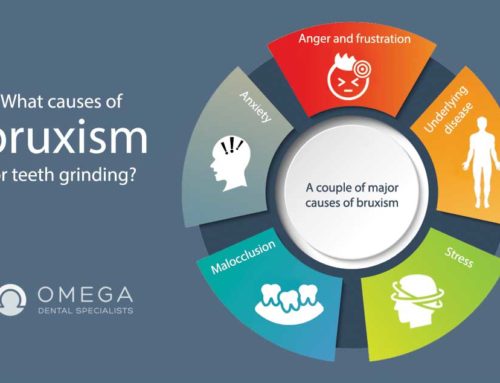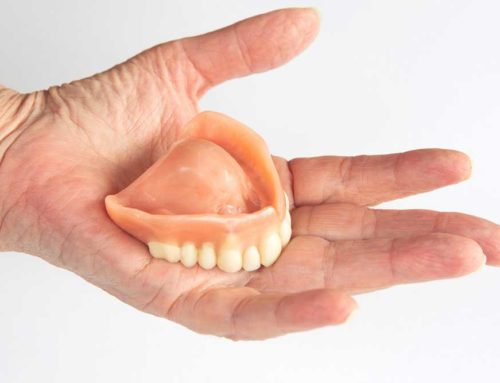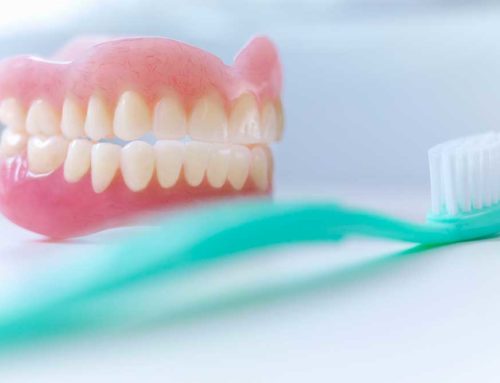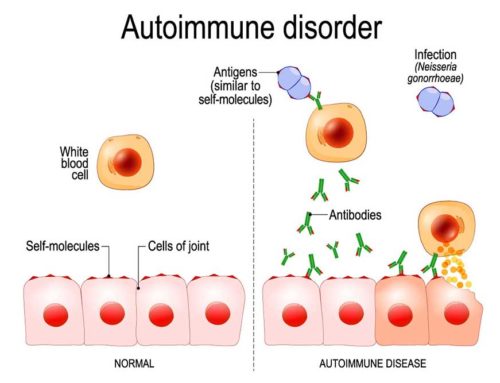The interdental space, the gap between the teeth, is a disease that affects many people, but the cause of this disease may be more than you realize. If you are looking for a solution to interdental problems, or have always wanted to know the cause, this guide will cover everything you need to know to make you smile happier.
1. What caused the gap between the teeth?
The gap between the teeth may be caused by several different reasons, and different reasons can lead to different situations. In some cases, gaps are the result of developmental problems, resulting in incorrectly-sized teeth and jawbones. If the teeth are too small for the jawbone and mouth, there will usually be a relatively uniform gap between the teeth.
Single gaps or gaps in common areas usually have more specific reasons. The gap between the upper front teeth may be caused by the overgrowth of the frenulum lip, which is the tissue that connects the back of the upper lip and the upper gums. In some people, this tissue grows downward, forming a gap between the two front teeth.
Certain habits can cause gaps between teeth, especially in childhood when the teeth are still developing. Thumb sucking and tongue sucking are two examples. If the habit lasts for a long time, it will exert enough force on the teeth, causing the teeth to shift and create gaps.
2. What is the danger between teeth?
The appearance of gaps between teeth will affect your self-confidence and your satisfaction with a smile. Unfortunately, the gap is not just a superficial issue. If the gap between the teeth is not treated, your teeth will continue to shift until a problem occurs, such as the wrong bite. If the teeth are not aligned properly, the force of chewing or closing the mouth can cause the teeth to chip.
The gap between the teeth also increases the risk of oral infections. Bacteria can multiply and spread in the gaps between teeth when food particles get trapped. Accelerated bacterial activity on the gums and teeth can cause gum sensitivity, tooth decay and bad breath.
In extreme cases, the gap between your teeth may pose a threat to your overall health. Bacteria can penetrate into the blood through teeth and gums and attack other parts of your body. People with poor oral health and oral infections are at greater risk of heart disease and other organ damage.
3. What is the treatment for interdental teeth?
Cosmetic dentists mainly use three methods to reduce the gap between teeth: bonding, veneers and braces. Braces are most effective in childhood, although adult braces can also be effective in correcting spacing and reducing gaps.
Bonding is a dental treatment in which materials are added to teeth to improve their size, shape, and spacing. First, use a tooth-coloured composite resin as putty, and then use ultraviolet light to harden the material. Bonding can make the teeth look bigger, thereby reducing the gaps between the teeth.
Like bonding, veneers are an additional method to hide gaps by slightly increasing the teeth. Instead of composite resin, the veneer is made of porcelain or ceramic to cover the teeth. Veneering is more costly than bonding, but it is also a more durable solution.




